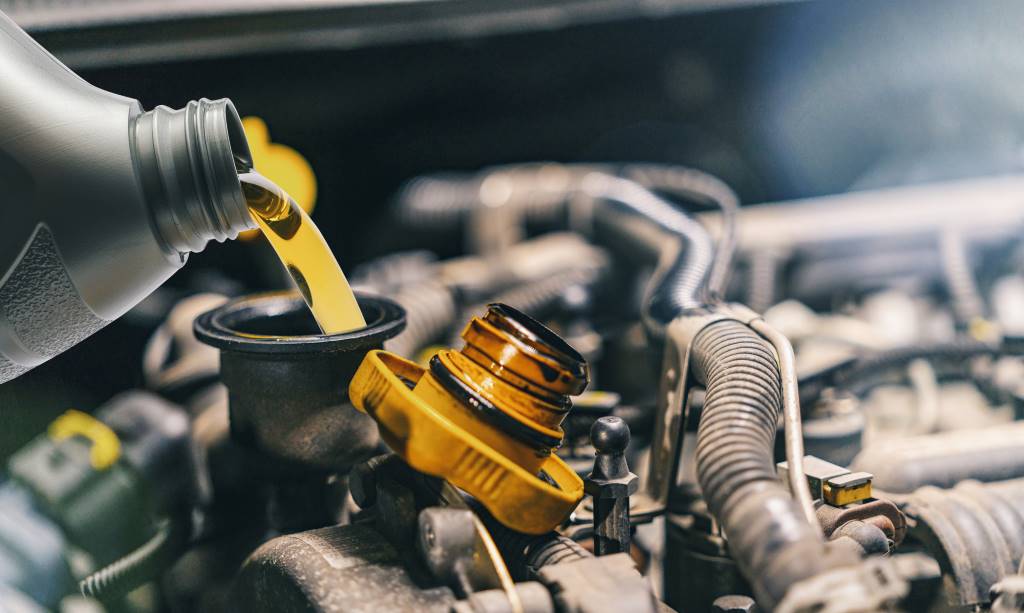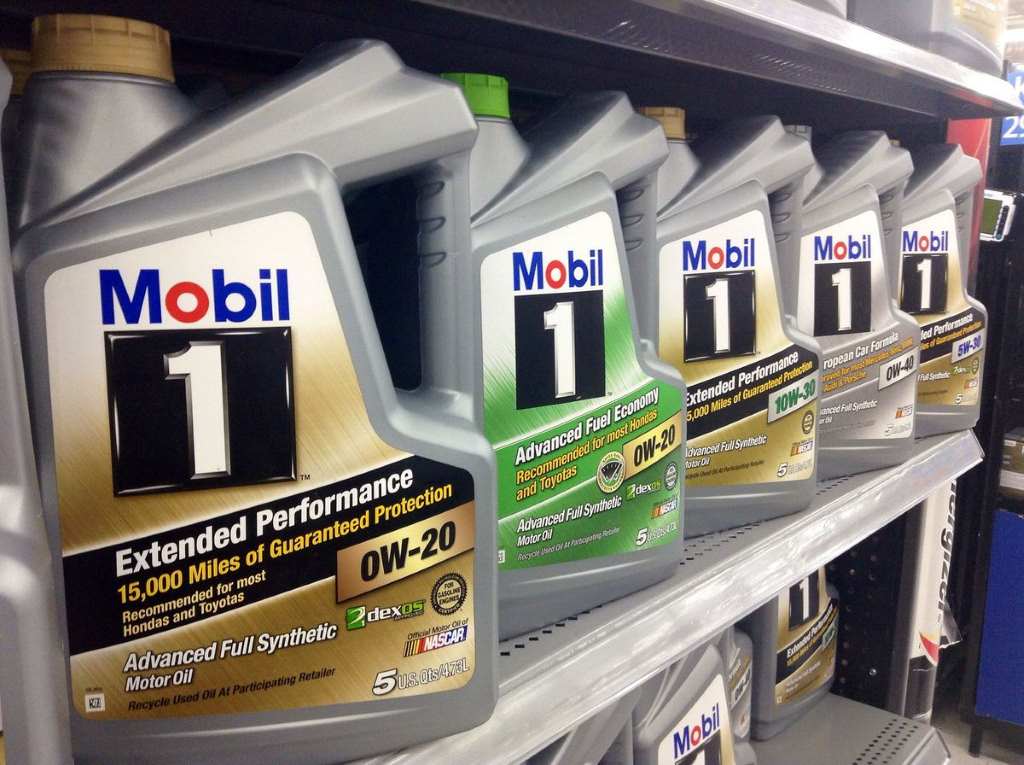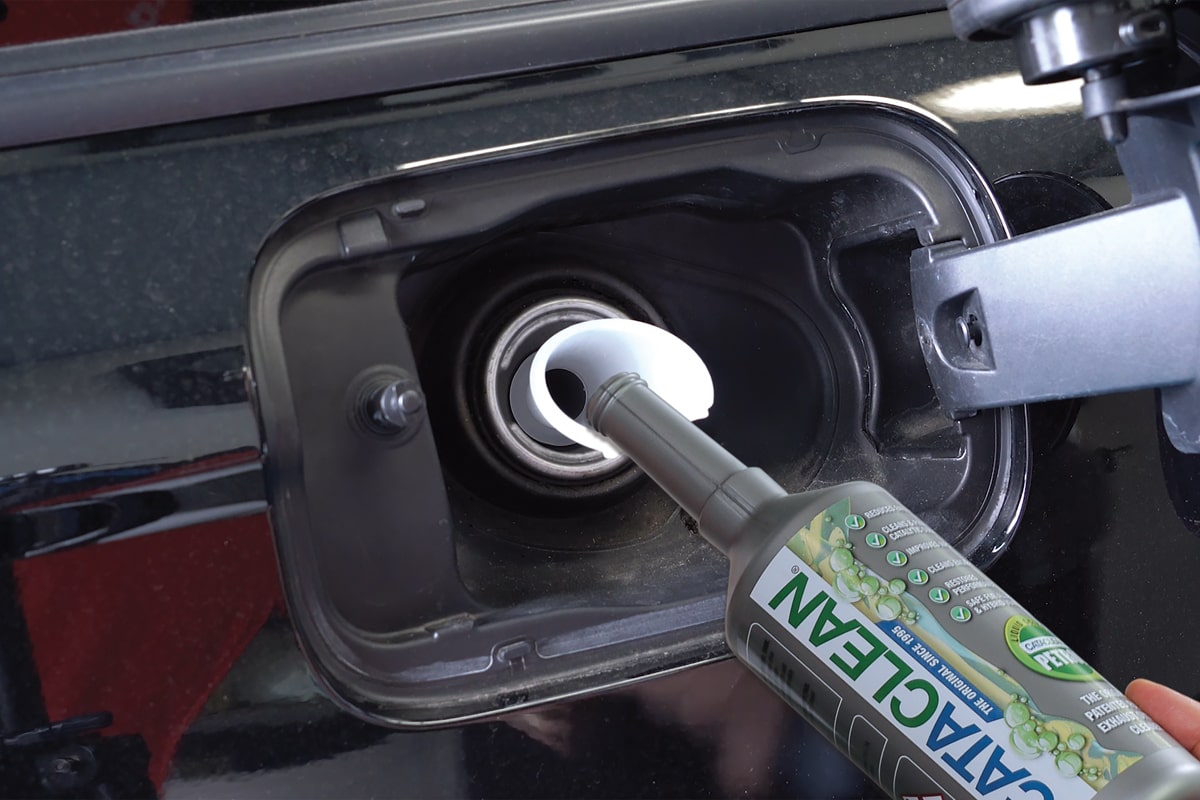0W20 vs 5W20 Synthetic Motor Oil: Different or Same?
Is there any difference between 0W20 vs 5W20? Or, can you interchange them for high-mileage vehicles, commuter cars, and trucks? Keep reading to get your answers with Car From Japan right now!
0W20 vs 5W20: What Do These Oil Numbers Mean?
Both 0W20 and 5W20 are low-viscosity and high-quality synthetic oils that can greatly optimize fuel economy. When you use such advanced full-synthetic oil formulation, the engine also performs at its highest efficiency.
To understand the differences or compare 0W20 vs 5W20, you should know what the numbers of these oils mean.
These numbers refer to the weight and viscosity (or thickness) of the oil. The letter ‘W’ means both varieties are suitable for cold temperatures.
The first number before the letter refers to the oil’s thickness at a cold temperature and the number following the letter indicates the thickness at operating temperature.
On a side note, motor oil becomes thinner when it heats (high temperatures) and thicker when it gets cold (low temperatures).

So, 0W20 means the oil’s viscosity is 0 in cold temperatures and 20 at the operating temperature. The 5W20 oil is the same except for a viscosity of 5 in cold temperatures.
Both oils are designed to use in cold-weather regions. However, these multi-grade oils can perform in hot weather too, although not extremely hot.
SEE MORE
0W20 vs 5W20: Different or Same?
Breaking down the numbers of these oils indicates that they don’t have many differences.
Motor oil’s sole function is to lubricate the engine and its components. It is at its highest efficiency when the engine is at the operating temperature because warm oil flows well. The properties of OW-20 oil and 5W20 are identical when they are at that temperature.
The ‘0’ and ‘5’ denoting the cold-flow properties have nothing to do with the thickness at operating temperature. Sure, OW 20 oil will flow better than 5W20 at low temperatures, but the difference is minimal and both versions run thin in cold conditions.
Is It Possible to Interchange the 0W20 vs 5W20 Oil?
Alongside with the difference between 0w-20 and 5w-20, if you look at an oil chart (given below), you will see that both 0W20 and 5W20 are in almost the same spectrum.

The 0W-20 synthetic oil temperature range is from -40° to 20° while 5W20’s is from -25° to 20°. If you live in a severely cold region where the temperature gets beyond minus 25°, 0W20 is the better option.
If there is no chance for the weather to get that much cold, you can exchange the oil. However, it’s better to use the 0W variant in extreme weather because the engine may suffer difficulties at the start if you use the 5W version.
When To Use 5w-20 vs 0w-20 (In Details)
You may be confused when to use these kinds of oils in each part of your engine or in different driving conditions. In case you are still wondering can you use 5w20 instead of 0w20 or what is 0w-20 oil used for, this or that purpose, let’s find out now!
Fuel economy
0w20 vs 5w20 fuel economy can be different as you imagine. Though both 5W20 and 0W20 (synthetic oil) may be used at 20°C/68°F, 0W20 is thinner at cold engine temperatures than 5W20, especially in the first few minutes after starting your car.
It is specified in new automobiles because it provides slightly greater fuel economy than 5W20. The 0W20 model is also suitable for turbo-diesel engines.
Location
It is critical to determine where you will operate the car because 0W20 and 5W20 motor oils have nearly identical temperature ranges.
The temperature range of 0W-20 synthetic oil is -40°C to 20°C, whereas that of 5W20 (5W20 synthetic oil) is -35°C to 20°C. Knowing these particulars implies two things:
- If you reside in a particularly cold climate, such as Alaska or Maine, you should use 0W20 oil.
- In regions where temperatures reach 20°C/68°F, such as Florida, neither 0W20 or 5W20 may be used.

Viscosity
The lower the number, the better the flow of the motor oil. At beginning temperatures, a 0W20 will be more fluid than a 5W20, but it will operate similarly at regular engine running temperatures.
Keep in mind that engine oils naturally thicken as they cool and thin as they heat.
Owner’s Manual
Referencing your owner’s manual is a basic but sometimes ignored step. Before using any of them, remember to read the owner’s handbook to see the viscosity of the oil.
If these two oil kinds are both on the recommended list, feel free to alternate between them depending on the weather.
Quality Testing
Choose any oil brand that displays the starburst sign and the API donut and has the appropriate viscosity rating. The starburst sign indicates that the oil has passed the SL service tests.
The API donut indicates that your motor oil has been tested by the American Petroleum Institute and meets the current SL service grade. ACEA (European Automobile Manufacturers Association) is the European version of API.
Manufacturer Requirements
If your vehicle is substantially loaded, the machine designer will often prescribe a motor oil with a high viscosity and is thick like honey. However, if it moves quickly, a lubricant that can get out of the way and back in just as quickly is preferable.

Here is a table summarizing the difference between characteristics of 5W-30 vs 0W-20 vs 5W-20 oil for your references.
| 0W20 | 5W20 | 5W30 | |
| Used in Car types | Passenger cars, SUVs, light-duty vans, gasoline trucks, models with turbocharged engines | Hybrid engines, gasoline engines, light vans/trucks, multi-valve fuel-injected engines | Gasoline cars, turbocharged, supercharged, multi-valve fuel-injected engines with high performance |
| Fuel economy | Good fuel economy | Good fuel economy | Better fuel economy |
| Viscosity | 160 | 173 | 159 |
| Performance | Commonly utilized and optimized in a low-temperature condition | Very effective for hard driving | Ensures cars operate smoothly by minimizing friction and preventing grime/debris accumulation |
| Flash Point | 230°C | 224°C | 205°C |
| Suitable weather condition | -40°F to 68°F
Cold weather |
-31°F to 68°F
Slightly warmer weather |
-31°F to 104°F
Warmest weather among 3 |
FAQs On 0W20 vs 5W20
-
Does 0W20 damage the engine?
The oil will not harm the engine if it was built for 0W20. If the engine was not built for another oil, it will not lubricate correctly and will cause the engine to fail.
-
What is a decent 0w20 oil substitute?
0W-30, 5W-20, and 5W-30 oil grades generally behave similarly to 0W-20 oil. If 0W-20 oil isn’t available, you may want to look into them. These are thinner oils that flow easily throughout the engine, akin to 0W-20.
-
Is 0W20 always completely synthetic?
To allow the oil to flow smoothly at these low temperatures, a substantial volume of synthetic oil is usually required.
0W-20 motor oils require synthetic base oils and can be fully synthetic or partially synthetic (synthetic mix); 0W-20 oils are not traditional (or mineral) motor oils.
-
How long can you run on 0W-20 full synthetic?
To guarantee best performance, standard oil change intervals are commonly set as 5,000 miles or 6 months. Toyota cars that must use 0W-20 synthetic oil have that interval extended to 10,000 miles or 12 months.
-
What is the difference between 5w20 conventional oil vs synthetic?
Synthetic oil will outlast regular oil. Synthetic mix oil is also available in 5W-20. Synthetic mix 5W-20 motor oil is less expensive than synthetic motor oil, but it protects better and lasts longer.
Check out this video from Engineering Explained to learn more about the differences between synthetic and conventional motor oil!
-
Is 5W20 superior to 5W-30?
In both cold and hot weather, 5W 30 oil will provide superior protection. For drivers who live in colder areas with low temperatures, 5W-20 oil is ideal. It is suitable for light-duty applications, such as engines that do not operate at high temperatures.
-
Is 5w20 suitable for high-mileage vehicles?
5W-20 combines synthetic and traditional high quality base oils with contemporary performance additives to help deliver long engine life and exceptional protection for cars with over 75,000 miles.
Wrapping Up
We have just gone through the difference between 0W20 vs 5W20 and several notices when it’s the best conditions to use each of them. Hope you find this article insightful and see you again with more maintenance tips with Car From Japan.














